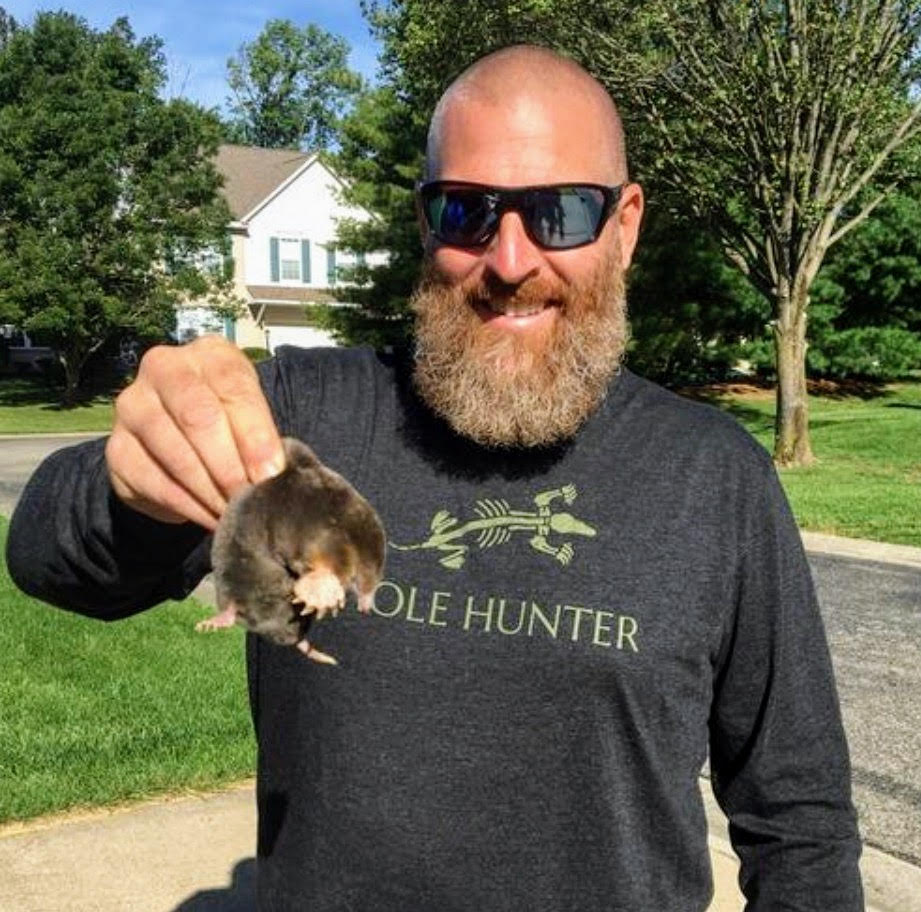Why Know the Natural Predators of Moles?
Few sights frustrate homeowners more than fresh mole mounds dotting a carefully tended lawn. While moles help soil aeration and nitrogen cycling, their shallow tunnels can wreak havoc on turf and root systems. Before you reach for traps or poisons, consider nature’s free pest-control team: the natural predators of moles.
Understanding who eats moles—and how to encourage those hunters—offers a low-impact, eco-friendly way to keep mole activity in check while maintaining the delicate balance of your backyard ecosystem.
Quick Biology: What Makes Moles Tick?
Extraordinary Underground Adaptations
Moles are small mammals closely related to shrews and bats. Their paddle-shaped forefeet, velvety fur, and reduced eyesight are perfect for life in narrow, underground tunnels. Spending up to 90 % of their lives below ground, they’re elusive creatures you’ll rarely see on the surface.
What Moles Eat & Why It Matters for Your Lawn
Moles are voracious insectivores. A single mole can eat its body weight in earthworms, cranefly larvae, grubs, and slugs every day. They even “paralyze” worms by nipping their heads—an extraordinary adaptation that lets them store live food. While this diet reduces some garden pests, it also drives moles to expand their tunnel systems, causing unsightly soil upheaval.
Nature’s Mole-Control Squad
Moles have few natural predators, but the hunters that target them are remarkably effective. Think of these animals as a biological equivalent of targeted mole traps—only without the hassle.
Mammalian Predators: Skilled Diggers on Patrol
| Predator | Hunting Method | Tips to Attract / Support |
|---|---|---|
| Foxes | Use keen hearing to locate moving moles; dig into shallow tunnels to catch moles. | Leave a brush pile or unmown strip at yard edges for cover; avoid nightly bright lights. |
| Coyotes | Similar to foxes but cover larger territories; may patrol multiple properties. | Keep small pets indoors at night; allow natural corridors between lots. |
| Badgers & Weasels | Agile diggers that follow mole runway scents through soil. | Maintain native groundcover; limit pesticide use that reduces small-mammal prey. |
| Domestic Dogs | Some breeds (terriers) instinctively dig moles. | If encouraging, train for targeted digging; monitor to prevent lawn damage. |
Unique insight: Mammalian hunters often locate moles by sound—listening for the scrape of claws in shallow tunnels. Keeping soil moist (but not water-logged) can enhance these auditory cues and improve predation success.
Avian Predators: Raptors From Above
- Red-tailed hawks and other common raptors circle open lawns, striking when moles surface or when soil movement betrays shallow digging.
- Great horned and barn owls hunt primarily at night, dovetailing perfectly with the nocturnal periods when moles spend time near the ground’s surface to clear spoil from their tunnels.
How to welcome raptors:
- Install a raptor perch (an 8–12 ft, T-shaped pole) in open areas.
- Erect an owl box 12–15 ft high on a tree or shed facing open lawn.
- Minimize rodenticide and pesticide use, which can harm birds of prey through secondary poisoning.
Reptilian Predators: Snakes in the Subsoil
Garter snakes, king snakes, and racers slip into tunnel entrances or ambush moles as they exit. Because snakes rely on ground temperature and cover:
- Maintain rock borders or log piles that warm in sunlight.
- Avoid over-manicured landscapes that eliminate hiding spots.
Most North American garden snakes are harmless to people and pets but deadly to moles.
How Predators Keep Mole Populations in Check
Natural hunters rarely kill every mole on a property (and that’s okay). Instead, their presence:
- Removes juveniles before they establish new tunnel systems.
- Increases predation pressure, encouraging moles to migrate to safer areas (often a neighbor’s yard—sorry, neighbor!).
- Maintains a delicate balance where mole populations stay low enough that lawn damage is minimal.
Think of this as continuous suppression rather than total eradication.
Encourage Natural Predators—A Yard Owner’s Guide
Predator-Friendly Yard Checklist
- Plant native shrubs and grasses for cover (supports foxes and snakes).
- Install raptor perches or owl boxes (plans via your state wildlife agency).
- Reduce lawn chemicals; healthy insect and rodent prey attract predators.
- Create a small brush or rock pile along fence lines.
- Use motion-triggered lights sparingly; constant illumination deters nocturnal hunters.
- Secure trash & compost bins to avoid attracting nuisance wildlife like raccoons that offer little mole control.
Safety Notes
If you have free-roaming chickens, rabbits, or small dogs, supervise them during dawn/dusk when raptors and foxes are active. Predators help your lawn but can pose risks to unattended pets.
When Natural Control Isn’t Enough: Humane Back-Ups
If fresh mole mounds keep appearing despite healthy predator activity, layer in these low-impact options before resorting to lethal methods:
- Underground barriers – Hardware cloth or stainless-steel mesh buried 24 in deep around gardens.
- Castor-oil repellents – Encourage moles to relocate; safe for turf and pets.
- Ultrasonic devices – Mixed success; combined with repellents for best results.
- Humane mole traps – If required, choose no-kill live traps. Check regulations in your state.
For detailed installation guides, see our “Mole Trap Guide” at https://themolehunter.com/mole-traps/
